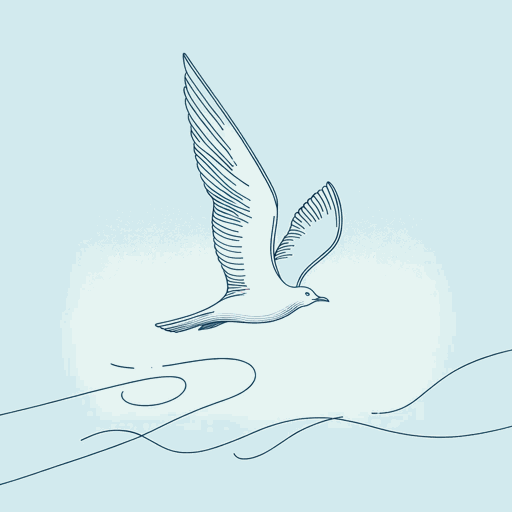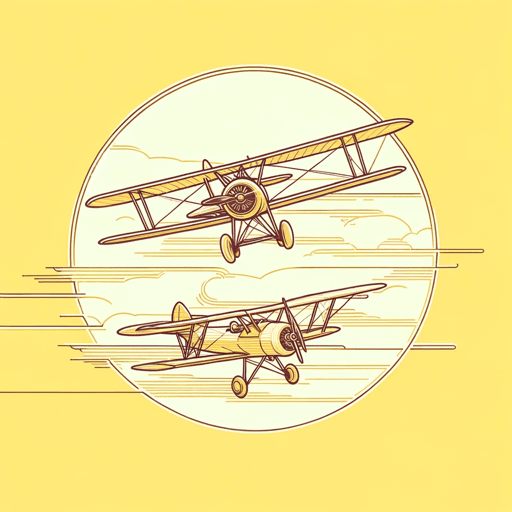27 pages • 54 minutes read
Richard BachJonathan Livingston Seagull
Fiction | Novella | YA | Published in 1970A modern alternative to SparkNotes and CliffsNotes, SuperSummary offers high-quality Study Guides with detailed chapter summaries and analysis of major themes, characters, and more.
Symbols & Motifs
Flight
Jonathan Livingston Seagull is a heavily allegorical work, and the flight its characters practice is central to its symbolism. Whereas for most seagulls, flying is simply a function of their physical existence (specifically, a tool to find food), for Jonathan it is from the start associated with freedom and growth. In teaching himself to fly higher and faster, Jonathan defies both the expectations of the Flock and his own sense of his limitations. The relationship between flight and self-transcendence becomes even clearer in Part 2, when Chiang associates it with the limitless potential of the self:
You will begin to touch heaven, Jonathan, in the moment that you touch perfect speed. And that isn’t flying a thousand miles an hour, or a million, or flying at the speed of light. Because any number is a limit, and perfection doesn’t have limits (55).
Flight thus symbolizes the idea of the self as existing “everywhere at once across space and time” (59) and in particular beyond the bounds of the body—an association that is presumably all the more powerful for the novella’s readers, since flight itself is outside the realm of physical possibility for the unassisted human body.
Related Titles
By Richard Bach


